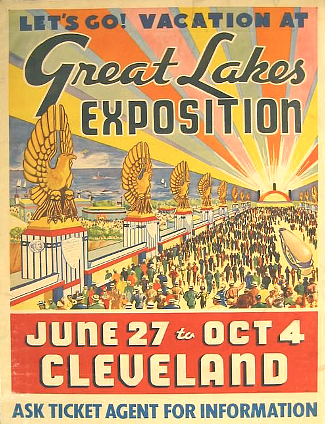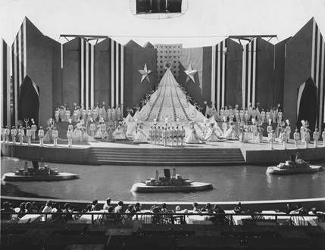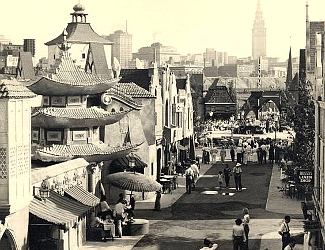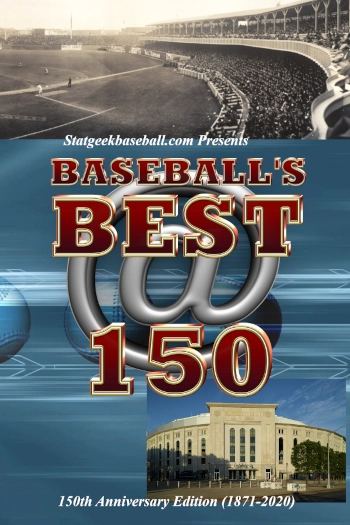Quick List Info

Dates Open - 1936 Season: . June 27 to October 12, 1936. Originally scheduled for 100 days, but extended 8 additional days. Open 108 days. Open 7 days a week.
1937 Season: May 29 to September 26, 1937. Originally scheduled for 101 days, but extended 20 additional days. Open 121 days. Open 7 days a week.
Attendance - 1936 - 3,929,229. Unknown whether paid or paid plus staff.
1937 - 3-3.5 million. Unknown whether one represents paid and the other paid plus staff.
International Participants - 1936 - 40.
Total Cost - Amount raised by subscription to fund the event in 1936, $1,115,000. Additional raised in 1937, $513,853.50. Construction costs were $2.1 million. Total cost, including city improvements reported as $25 million.
Site Acreage - 1936 Season, 135 acres. 1937 Season, 125 acres.
Sanction and Type - Unsanctioned by the Bureau of International Exhibitions during the first decade of the Bureau. Suggests a recognized event of Special theme such as those held on the 2-3 year or 7-8 year of the decade in today's BIE terms despite acreage above the current BIE limits for that style of expo.
Ticket Cost - Full admission price unknown. There were additional charges for certain areas of the expo, including the Streets of the World Exhibit, which cost 25 cents adults, 15 cents children.
Photo top center: Postcard of the Cleveland Great Lakes Expo, 1936-7, Original Source Unknown. Courtesy Pinterest. Column Top: Souvenir Travel Poster, Great Lakes Expo, 1936, likely Expo Authority. Courtesy Pinterest. Column Bottom: Billy Rose Aquacade, 1937, Original source unknown. Courtesy Pinterest.

Other Histories of World's Fairs to Check Out










